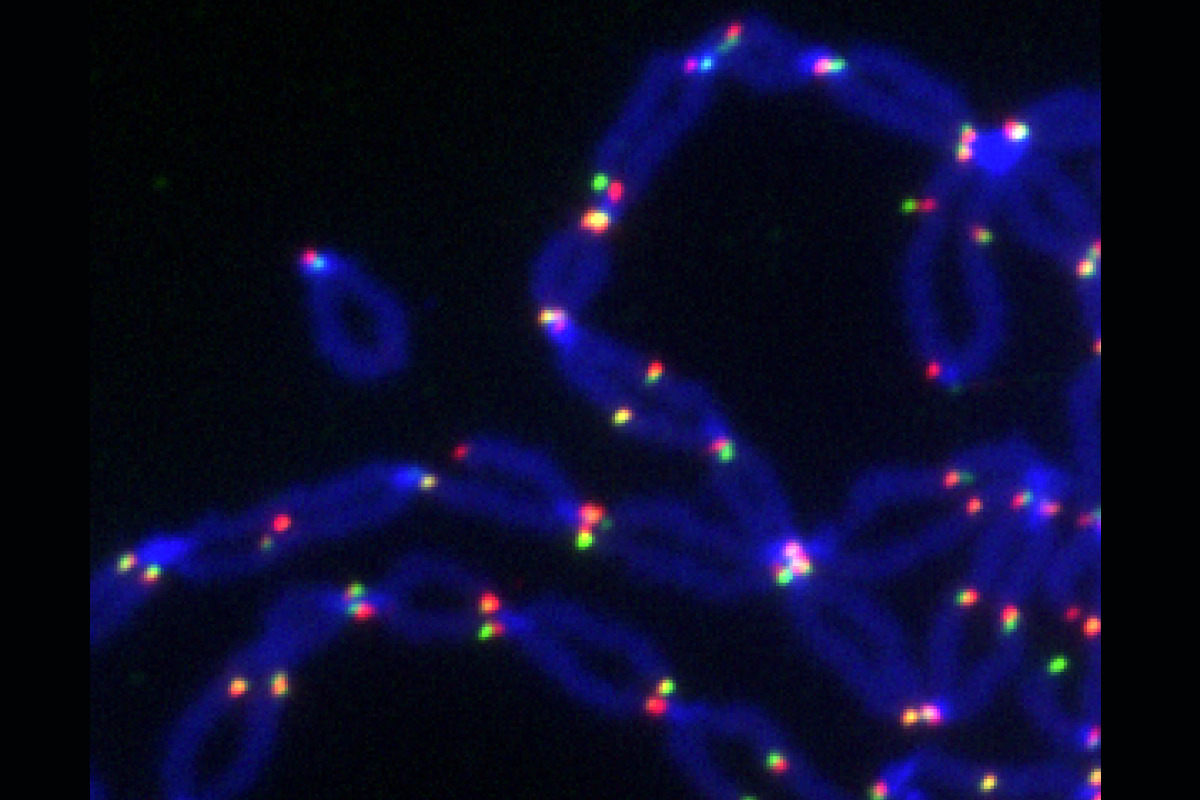
A major goal of the lab is to understand the mechanistic basis of Micro-homology mediated Eend-joining (MMEJ), a poorly understood yet highly error-prone repair pathway that drives chromosomal rearrangements in tumors. With this approach in hand we recently identified the promiscuous DNA polymerase theta (Polθ) as a key factor that introduces random nucleotides during MMEJ-mediated repair. Interestingly, we found that mutagenic repair by Polθ acts as a salvage pathway in the context of homology directed repair (HDR) defective tumor and allowing the survival of BRCA-mutated breast and ovarian tumors (Mateos-Gomez et al., Nature 2015). As a result, Polθ emerged as a compelling target for cancer treatment. Polθ is unique in that it is the only eukaryotic polymerase that also has a helicase domain. Work from our lab implicated Polθ –Helicase activity in counteracting RPA to decide on the fate of DSB in mammalian cells (Mateos-Gomez et al., NSMB 2017). In addition, we are currently investigating the function of Polθ in driving genetic diversity in normal cells as well as cancer cells and address the fundamental question related to the advantage of a highly error-prone pathway of repair and its role in genome plasticity.